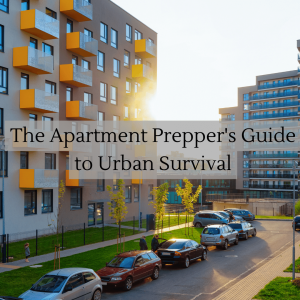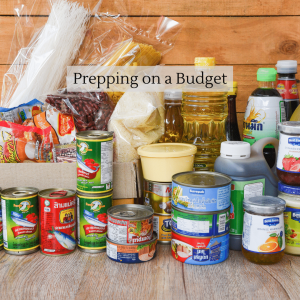When it comes to emergency preparedness, ensuring the safety and well-being of our pets is just as crucial as taking care of ourselves and our loved ones. Natural disasters, such as hurricanes, wildfires, or even unforeseen circumstances like power outages or civil unrest, can disrupt our daily lives and put our furry companions at risk. This article aims to provide pet owners with essential guidelines and practical tips to help prepping with pets during emergencies while prioritizing the needs of their beloved animals.
Prepping with Pets: How to Keep Your Animals Safe and Well-Prepared
Include Pets in Your Emergency Plan: One of the first steps to pet prepping is to incorporate them into your overall emergency plan. Consider their specific needs, vulnerabilities, and potential challenges you may face. This includes identifying pet-friendly shelters, evacuation routes, and nearby veterinary clinics. It’s essential to have a plan in place that outlines how you will care for your pets during various emergency scenarios.
- Maintain an Emergency Supply Kit: Just as you stock up on essential supplies for yourself and your family, it’s crucial to assemble an emergency supply kit for your pets. This kit should include:
- Sufficient food and water: Store at least a week’s worth of pet food in an airtight container, ensuring it remains fresh and accessible. Don’t forget to pack portable bowls and a manual can opener if necessary. Store water in non-spill containers, aiming for at least one gallon per day per pet.
- Medications and medical records: Keep an ample supply of any medications your pets require, along with their medical records, in a waterproof container. Make sure vaccinations are up to date, and include a first aid kit specifically tailored for pets.
- Identification and documentation: Keep your pets’ identification tags up to date with your contact information. Have clear, recent photographs of your pets on hand, along with their microchip information, adoption papers, and vaccination records.
- Comfort items: Pack familiar items such as blankets, toys, and bedding to provide a sense of security and familiarity during stressful times.
- Create a Safe Environment: Preparing your home to be a safe haven for your pets during emergencies is vital. Take these measures:
- Secure your surroundings: Ensure your yard or balcony is pet-proofed, preventing escape routes or potential hazards. Reinforce fences, gates, and secure any loose objects that could become dangerous projectiles during strong winds.
- Display emergency stickers: Place window decals or stickers on your home’s exterior, indicating the number and type of pets inside. This alerts rescue workers to the presence of animals in need.
- Designate a safe room: Identify an interior room or area in your home where you can safely confine your pets during emergencies. Stock this space with their essentials, including food, water, and bedding.
- Prepare for Evacuation: In certain emergencies, you may need to evacuate your home. To ensure the smooth transition and well-being of your pets:
- Use proper carriers: Invest in sturdy, well-ventilated pet carriers or crates for each animal. Familiarize your pets with the carriers ahead of time to reduce stress.
- Display identification: Attach identification tags to each pet’s collar, including your contact information and a temporary phone number if necessary. Additionally, microchipping your pets can significantly increase the chances of a reunion if they get separated.
- Leashes and harnesses: Have leashes and harnesses readily available for each pet, enabling you to control and safely move them during evacuations.
- Research pet-friendly accommodations: Identify hotels, motels, or shelters that allow pets in case you need temporary accommodation. Keep a list of their contact information and any specific requirements they may have.
- Stay Informed and Communicate: Stay tuned to local news and emergency alerts to remain informed about the situation in your area. Utilize social media platforms and community forums to exchange information with other pet owners and discover available resources. Establish a communication plan with family, friends, or neighbors to ensure someone can assist with your pets if you are unavailable.
Preparing for emergencies with pets requires thoughtful planning and proactive measures. By integrating pets into your emergency preparedness plan, assembling an emergency supply kit, creating a safe environment, preparing for evacuation, and staying informed, you can enhance the safety and well-being of your beloved animals during challenging times. Remember, our pets depend on us for their care, and being well-prepared ensures that we can provide them with the love, protection, and support they need during emergencies.





